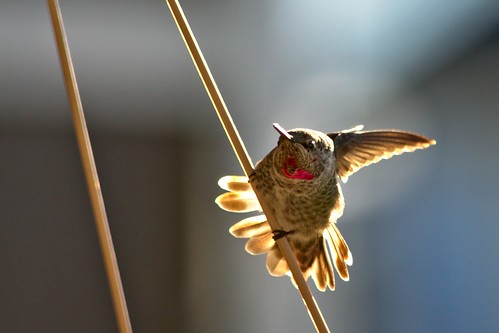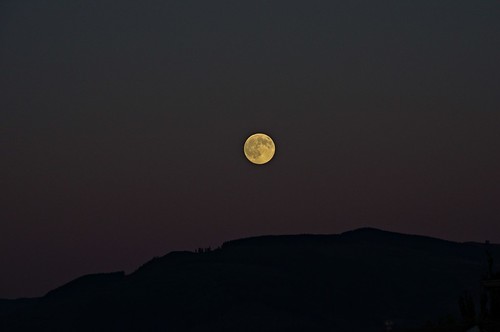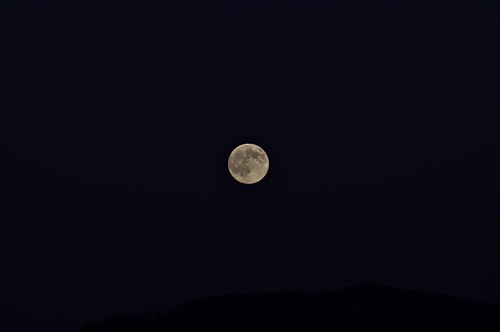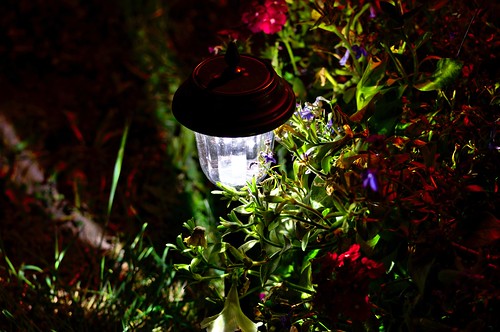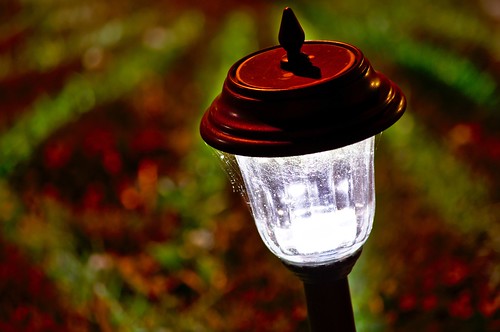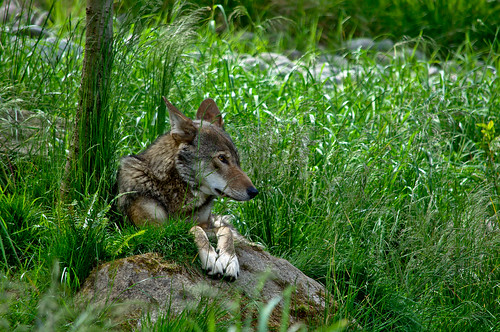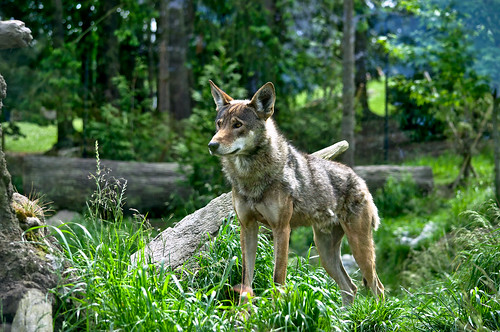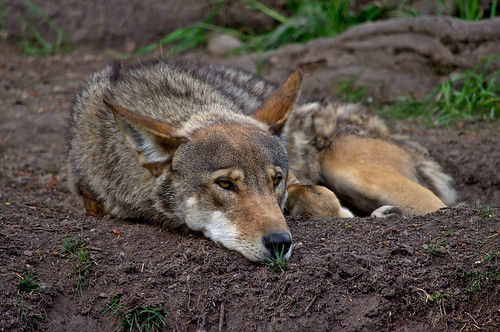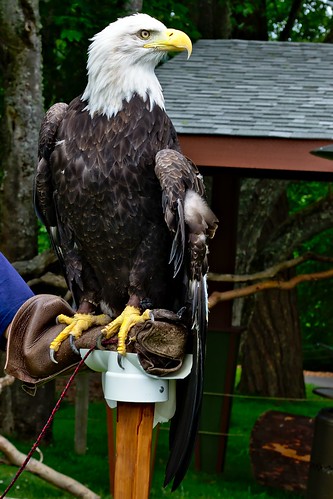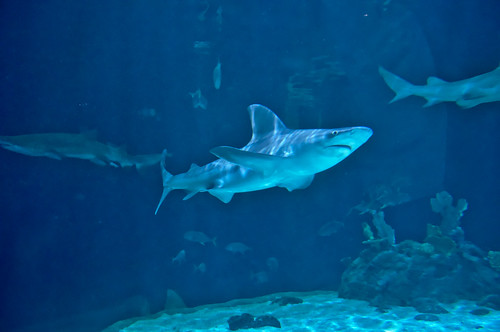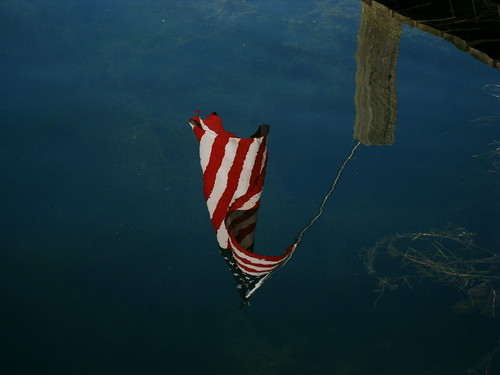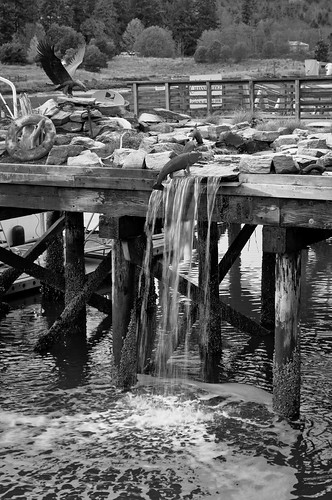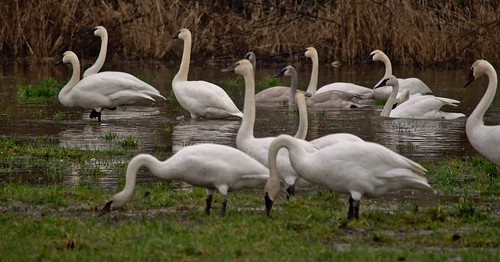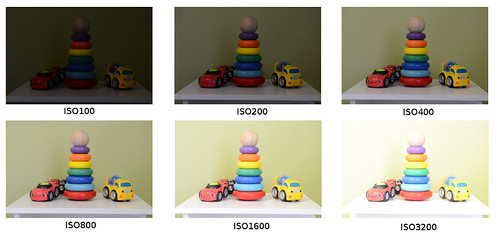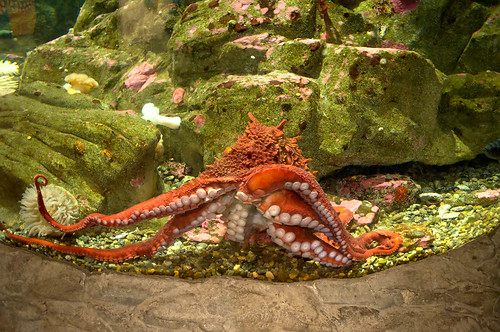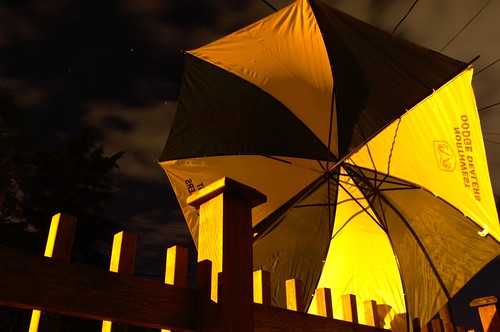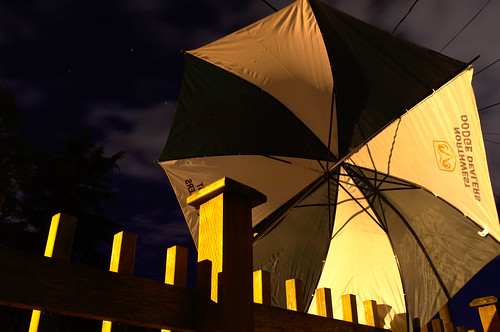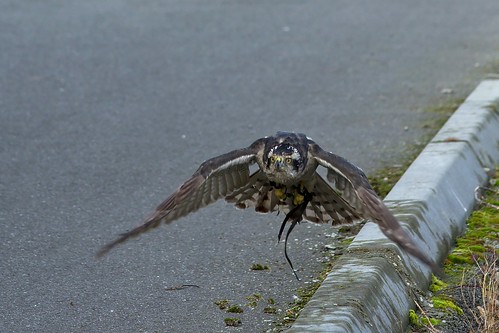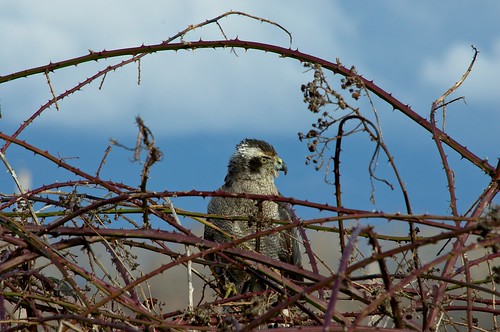In today's age of digital photos virtually any digital device manufactured has a camera (or two) built in. Even with the proliferation of digital cameras riding on millions of devices, the reality is that a vast majority of photos are never destined to actually be printed. Of course, many of these photos would likely not even be taken in the first place prior to the rise of the mobile camera, but thats a whole different topic and/or debate.
For those photos that are destined for an existence outside of digital bits, there are plenty of establishments (local and on-line) that compete for your photo printing dollar.
Shutterfly being a large and well known one. So how is the Shutterfly experience? Worth the time or not?
User experience is typical of on-line sites that offer uploading for prints: logically organized to get where you want to be. When you log in, your dashboard/control panel/home page (or whatever else you prefer to label it) will show you a brief over-view of all your saved work (photo albums, projects etc...) and a place to view your account and order settings. In addition to photo albums and projects such as baby books and greeting cards, Shutterfly offers a Share Site option where you can configure a personal site (within their templates of course) where you can share your photo albums and projects so family members (or say, family members of a little league team if one was created for the team) can view and order photos you have uploaded and projects you have created within Shutterfly. I think this is a pretty nice option, though admittedly I have not done more than simply create one.
To date we have claimed our 50 free print promotion given when you first create an account, created a free baby book (received from registering at target for baby gifts I believe) and created a birth announcement card with pictures of our first born son. The quality is what you would expect from a commercial printing outfit (great quality, no complaints!) and the shipping is reasonably priced and arrives in an acceptable time frame.
The best part of the whole Shutterfly experience is the vast amount of promotions and discounts (provided you don't mind regular Shutterfly e-mails in your in-box). They even start you off with 50 free prints when you first register and fairly frequently I have seen other free print promotional e-mails, in addition to 40% (or better) promotional e-mails. Predictably, many promotions show up in time for yearly events such as Mother's & Father's day.
When it comes to full priced items and typical prints, the shipping costs are going to put your total out of pocket costs higher than a local photo lab (such as Costco). But when you get a batch of free prints or a discount such as a free 8x8 photo book, your total costs come in at a more competitive price with the local lab and may actually total in a little less expensive (and you don't have to go pick them up).
Shutterfly is definitely worth a look when your looking for photo prints or other projects. Sure there may be some downsides to an on-line, non local outfit, but overall it is not a bad option.
Blessings,
Jesse



